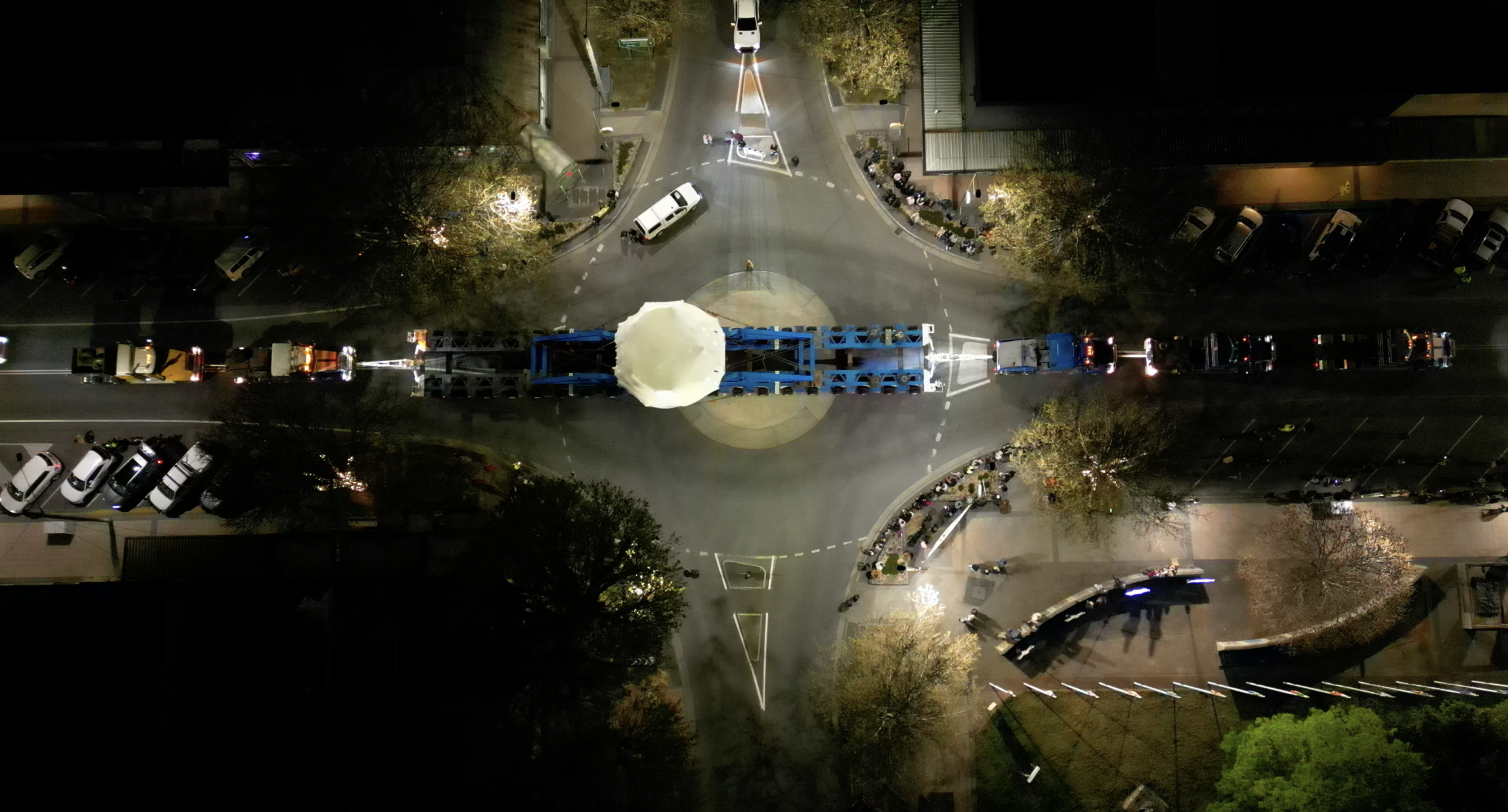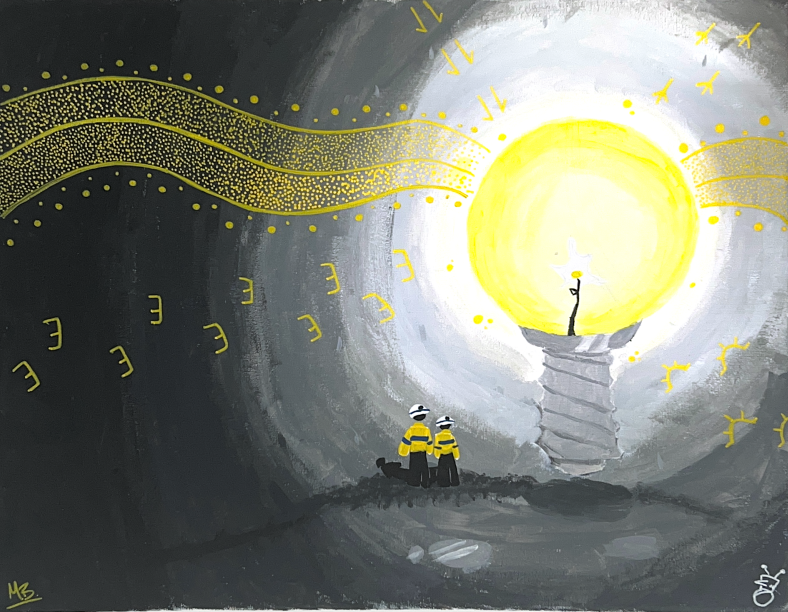A new tunnel boring machine will be deployed to help keep Snowy 2.0 on its delivery timeline, subject to approval by the NSW Department of Planning, Housing and Infrastructure.
New ground testing techniques have provided a better understanding of the full extent of a complex fault zone on the route of the 17 kilometre tunnel that will connect Snowy 2.0’s upper reservoir to its underground power station.
Snowy Hydro CEO Dennis Barnes said activating a fourth tunnel boring machine is the right course of action, given that what is now known about the tunnelling challenges ahead has provided the opportunity to mature the design.
“We’ve always known the fault zone was there and I’ve said in the past we will need to take action,” Mr Barnes said.
”While the fault zone is not a surprise, further ground testing since the project reset has revealed it is far more geologically challenging than earlier investigations indicated.
“We’ve carefully considered a range of options to get through the fault zone and overcome the initial design immaturity. Bringing in a fourth machine is the best way to keep the Snowy 2.0 on track for its target completion date of December 2028.”
A modification for Snowy 2.0’s project approval has been submitted to the NSW Department of Planning, Housing and Infrastructure, and will be subject to the Department’s independent community consultation and assessment processes.
The planning modification seeks approval for a change to construction methods within the project’s already approved work zone. There is no proposal to increase approved land clearing areas, surface or groundwater impacts. Local communities will be consulted about relevant changes to construction methodologies.
“We’re mindful that we are building Snowy 2.0 in a precious and protected national park. We have worked diligently to arrive at a proposal that does not step outside our existing construction area or increase our already approved impacts,” Mr Barnes said.
Mr Barnes said he remains committed to transparency regarding the project, given the inevitable challenges ahead.
“Just like the construction of the original Snowy Scheme, this is one of the most challenging and complex megaprojects underway in the world,” he said.
“The fourth tunnel boring machine is an example of adapting to the situation in front of us, so we are doing everything we can to safely meet Snowy 2.0’s delivery timeline.”
While the need for a new tunnel boring machine is driven by new information about the fault zone, Mr Barnes acknowledges that the disappointing performance of Florence, the tunnel boring machine excavating the same tunnel that the new machine will also work on, has contributed to the need to take significant action.
“It’s difficult to say with certainty whether the same action would be needed if Florence had performed as we had hoped. However, it’s likely that the fourth machine would still be needed,” Mr Barnes said.
Snowy 2.0 will help underpin Australia’s transition to renewable energy through its ability to generate enough flexible, fast-dispatch energy to power 3 million homes continuously for a week.
The unmatched scale and duration of Snowy 2.0’s storage and generating ability will effectively provide the network with critical electricity supply insurance against extended periods without enough wind and sunlight. Most other forms of storage, including batteries, can only generate power for a handful of hours.
According to AEMO (the Australian Energy Market Operator), Snowy 2.0 will supply a majority of the National Electricity Market’s storage needs, greater than every other storage asset combined.
“Snowy 2.0 is critical to Australia’s energy future. We need to get this job done,” Mr Barnes said.
Subject to planning approval, the new machine will be tunnelling before the end of 2025.










